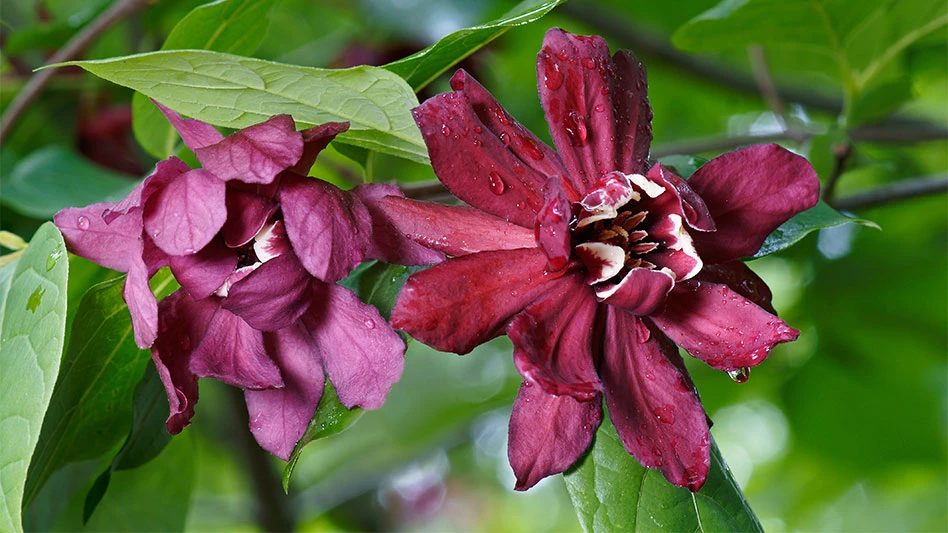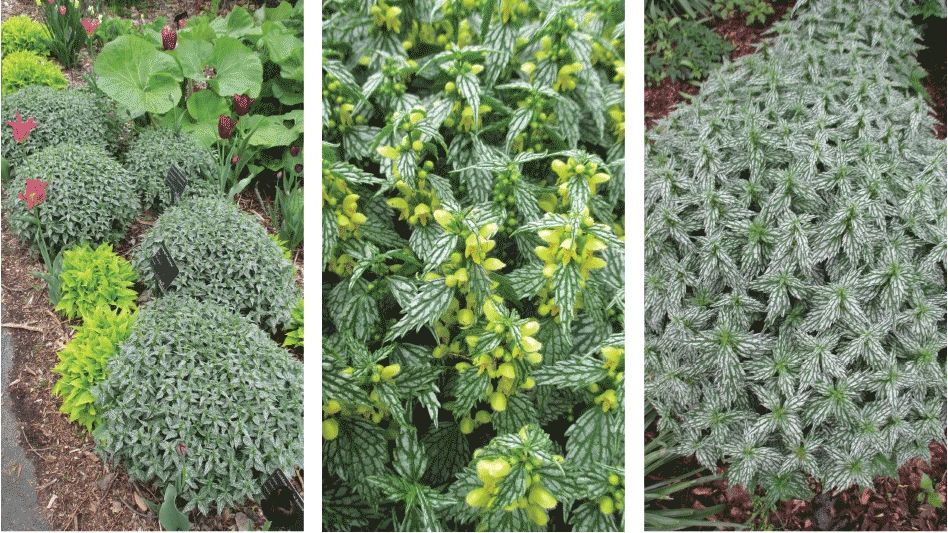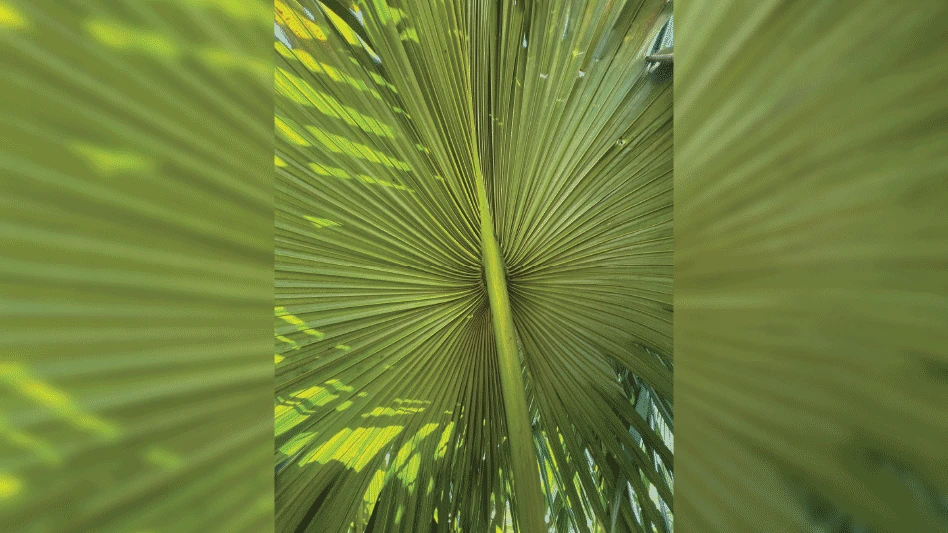As you sit down this winter to revamp your insect pest management program, make sure your crew is aware of these most unwanted pests.
 1. Brown spruce longhorned beetle
1. Brown spruce longhorned beetle
The brown spruce longhorned beetle (Tetropium fuscum) is an invasive pest from Europe currently found in parts of Nova Scotia and New Brunswick, Canada.
Its main host is spruce, fir, pine and larch. It's only been found on spruce in North America to date.
Watch for excessive white resin which flows down the length of the trunk. Infested tree crowns exhibit progressive yellowing, browning and loss of needles.
 2. Walnut twig beetle
2. Walnut twig beetle
The tiny walnut twig beetle vectors a fungus, Geosmithia morbida, into black walnut trees. The fungus, also called thousand cankers disease, has caused widespread death of black walnuts in western states during the past decade. It's been discovered in other areas this year. The cankers from G. morbida are easy to miss. Early symptoms are yellowing of leaves and foliage thinning of the upper crown of the tree. As the disease progresses, larger limbs are killed which may have dead, flagging leaves. In end stages, the fungus may cause large cankers in the trunk. Other species such as Arizona walnut, English walnut and California walnut are also susceptibile.
 3. Spotted wing Drosophila
3. Spotted wing Drosophila
With the popularity of fruit trees and other edibles, this pest is worth mentioning. The spotted wing Drosophila (SWD) damages ripening fruit, as opposed to the overripe and fallen fruit that are infested by most other Drosophila species. SWD has been confirmed on blueberries, wild blackberries, red raspberries, Marionberries, cherries, strawberries, plums, peaches, grapes, figs, hardy kiwis and Asian pears.
It is crucial to find infestations of this pest as early as possible.
Adult Drosophila flies resemble the small fruit flies you see buzzing around the kitchen or around rotting fallen fruit outdoors. They have a body length of 2–3 mm, with red eyes and a yellowish-brown body.
 4. Giant African land snail
4. Giant African land snail
This pest had to make the list because of its sheer creepy factor. Earlier this year, the state of Florida positively identified a population of Giant African land snails (GALS) in Miami-Dade County. GALS is one of the most damaging snails in the world because it consumes at least 500 different types of plants, can cause structural damage to plaster and stucco, and can carry a parasitic nematode that can lead to meningitis in humans.
This mammoth snail grows up to 8 inches long.

Explore the December 2011 Issue
Check out more from this issue and find your next story to read.
Latest from Nursery Management
- American Floral Endowment establishes Herman Meinders Memorial Tribute
- These companies are utilizing plastic alternatives to reduce horticultural waste
- NewGen Boxwood added to Proven Winners ColorChoice line
- Terra Nova releases new echinacea variety, 'Fringe Festival'
- American Horticultural Society names winners of 2025 AHS Book Awards
- Nufarm announces unified brand
- American Horticultural Society announces winners of 2025 Great American Gardeners Awards
- Shifting the urban environment







